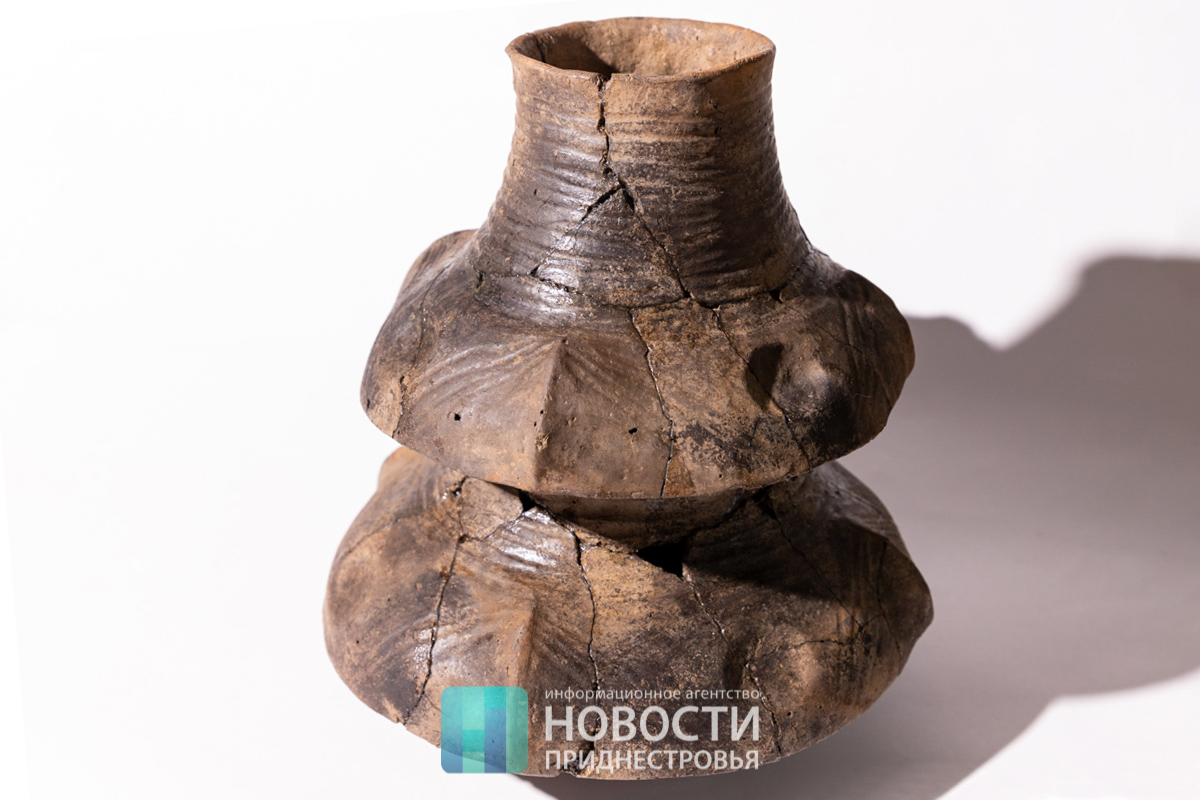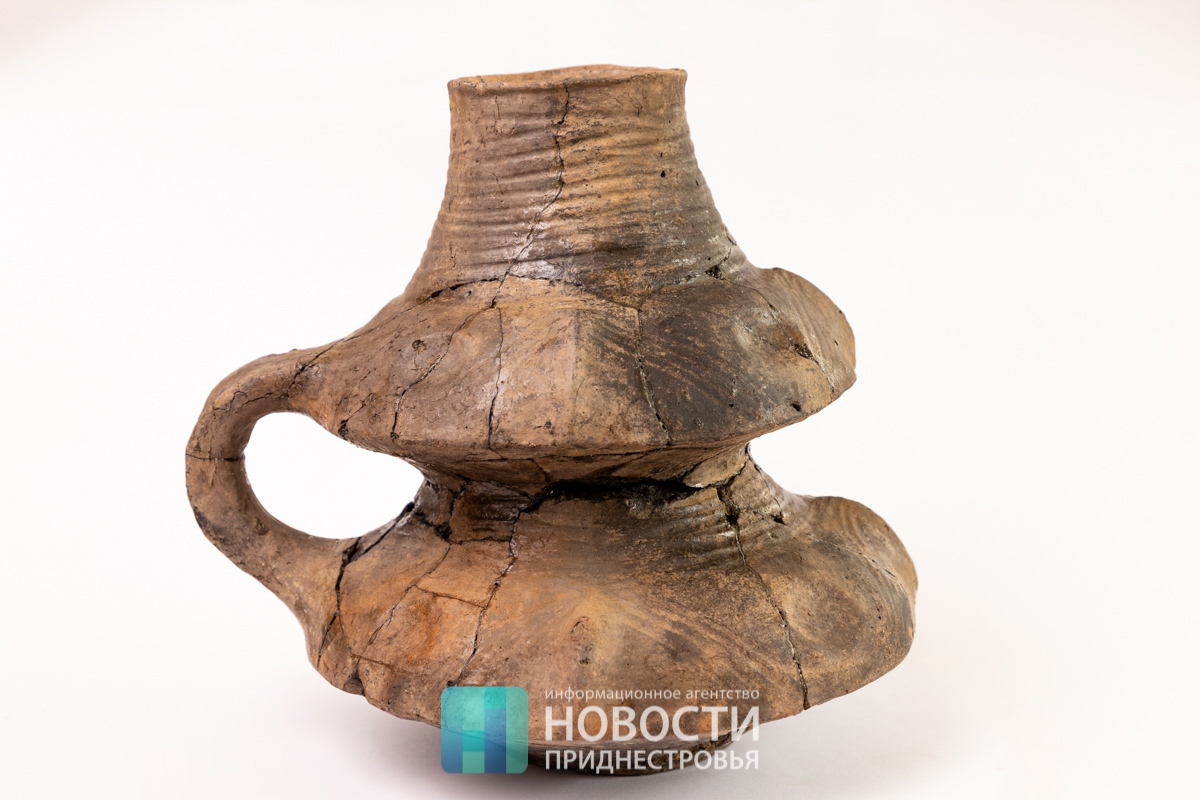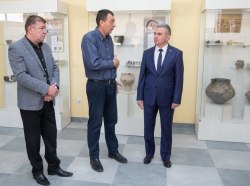Tiraspol, February 22. /Novosti Pridnestrovya/. Pridnestrovian archeologists restored an ancient clay pot of an unusual shape. Its body consists of two convex parts: upper and lower, connected by a narrow barred and a handle. Its bung hole is elongated, while its walls are covered with a linear ornament in the form of spirals and triangles, inside of which there are noticeable round pitting - four in each part. Associatively, this object a little more than 20 cm high seems to consist of two separate bowls, laid one on top of the other.
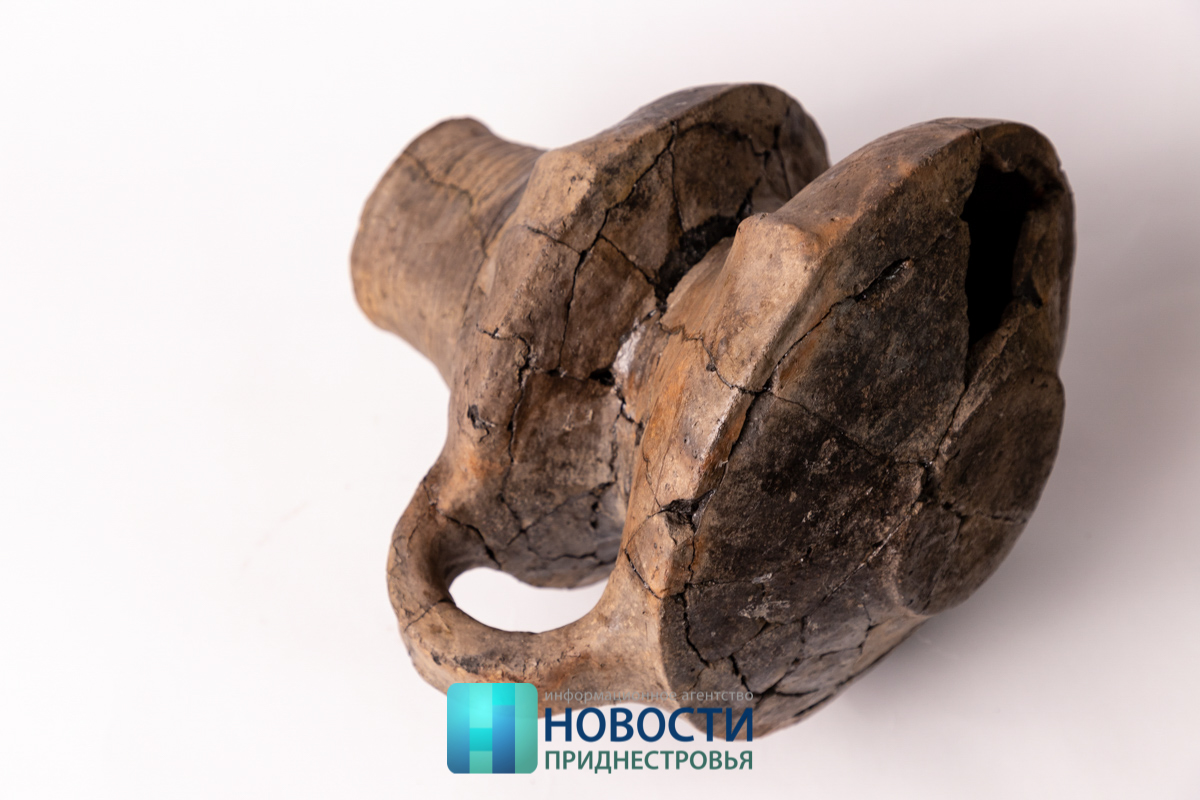
Until now, none of the specialists has seen similar objects, but the shape and ornamentation of the pot and the fact that it was found in the burial make researchers to think about the artifact ritual purpose.
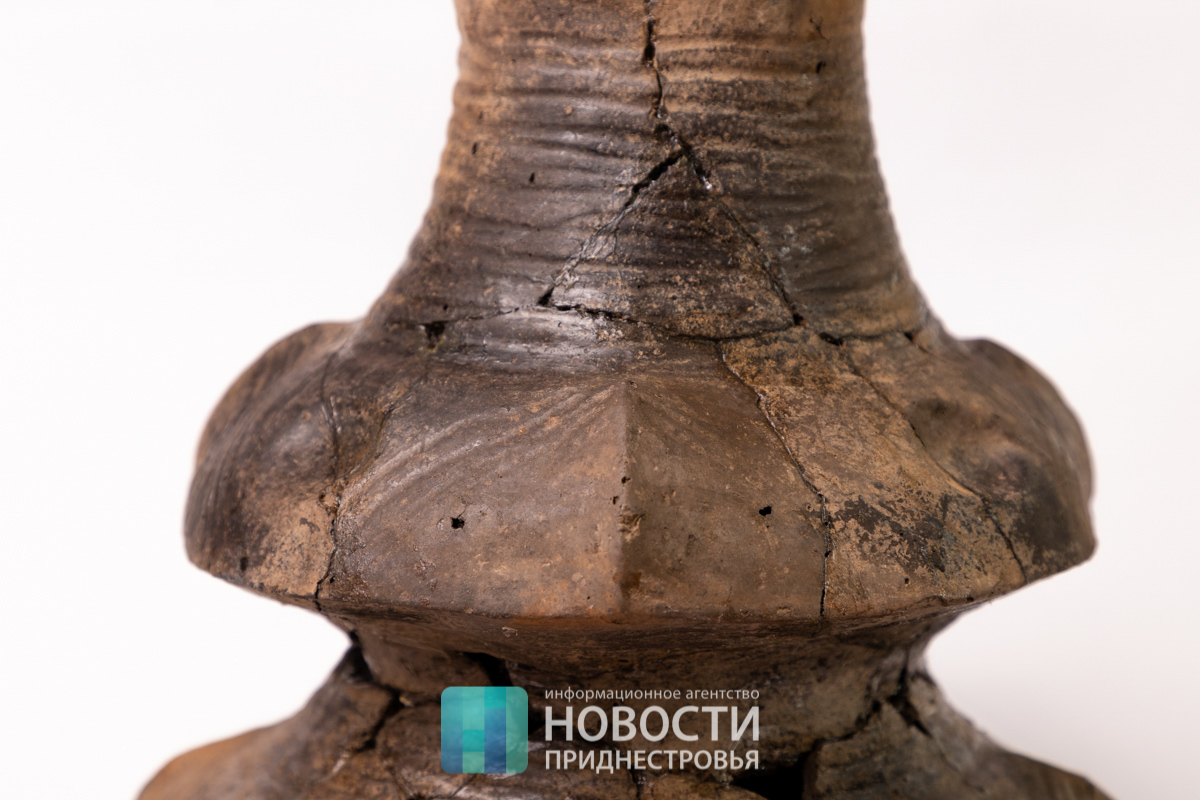
Pridnestrovian archaeologists found a double bowl last summer in the vicinity of the Glinoe village in a tomb, which, according to all signs of a funeral rite, belongs to the Montenegrin culture of the 8th – 7th centuries BC (2900–2650 years ago). Scientists associate this culture with a mysterious people who drastically changed the history of the ancient civilizations of the Middle East. Cuneiform clay plates of the most powerful empire of that time Assyria called this people Gimmiraya, while ancient Greek authors called them Chimeria, and modern scientific literature calls Cimmerians.
Researchers believe that this is an Iranian-speaking people who lived in the steppes of the Northern Black Sea region before the Scythians` arrival. The Cimmerians mastered the technique of processing iron, horse-breeding was developed. Ancient authors describe them as skilled warriors and artful horsemen. They invented the sigmoid bow, which increases the range of the arrow and allows you to shoot at full gallop. At the same time, only legs were used to control the horse. Short but powerful bows, iron weapons and mobility made the Cimmerians almost invincible on the battlefield: horse archers hit their opponents from a distance, who had mostly infantry, remaining inaccessible to them. The Assyrian texts tell of the numerous Cimmerians` incursions, who capturing a large prey easily returned to their lands.
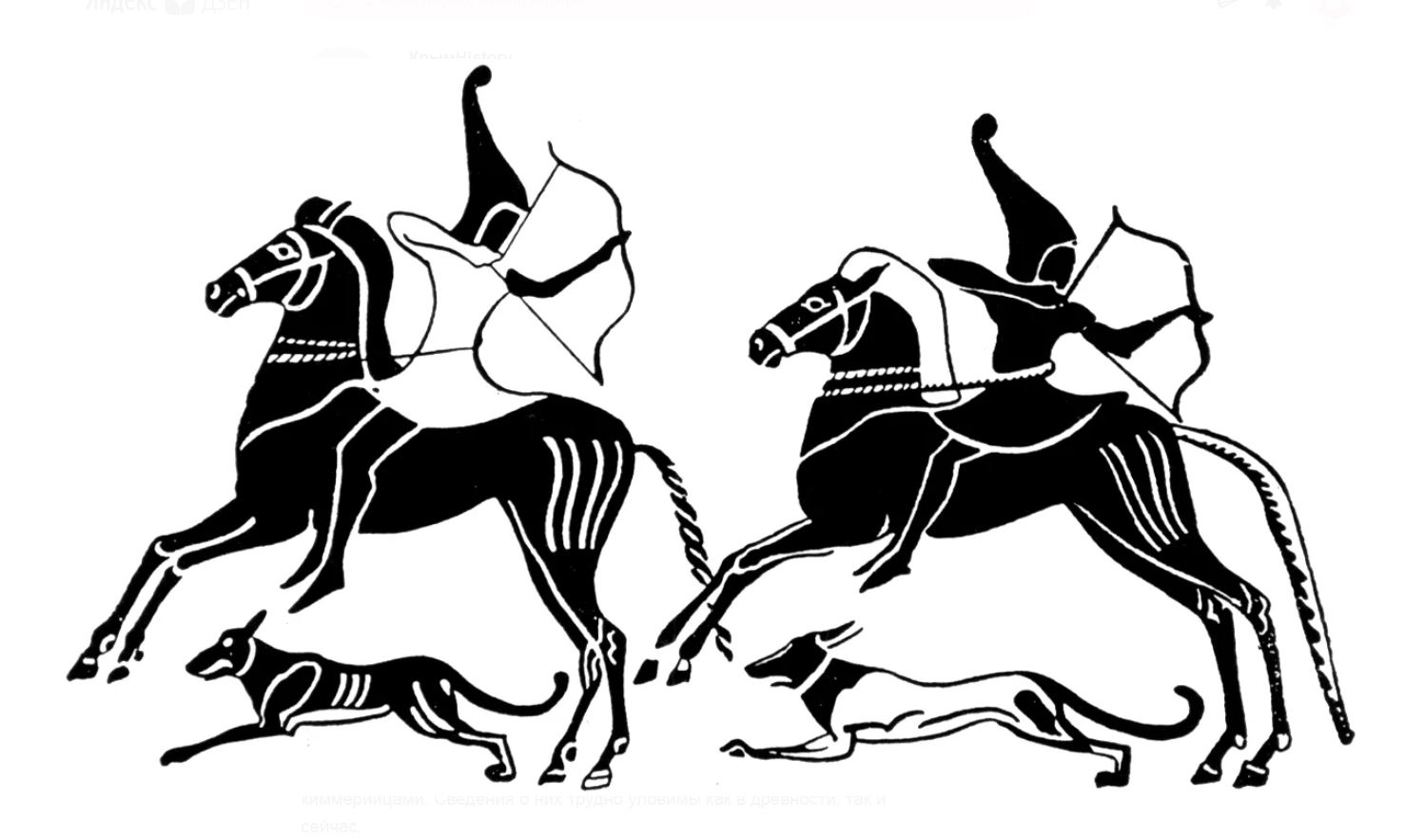 Так изображены
Так изображены
This is how the Cimmerians are depicted on an Etruscan vase of the 6th century BC
It is believed that the Cimmerians are linguistically related to the Scythians. When the latter appeared in the Northern Black Sea Region, the Cimmerians adopted their culture and eventually became a part of the so-called Scythian world, occupying the entire steppe space from the Danube to the Ural Mountains in the 6th - 3th centuries AD. In the 5th century BC, the Greek historian Herodotus told about the internecine war of the Cimmerian kings before the Scythians` arrival. According to him, the kings who fell in the battle were buried in one of the mounds of the Dniester banks, which Herodotus saw with his own eyes, according to his own statement.
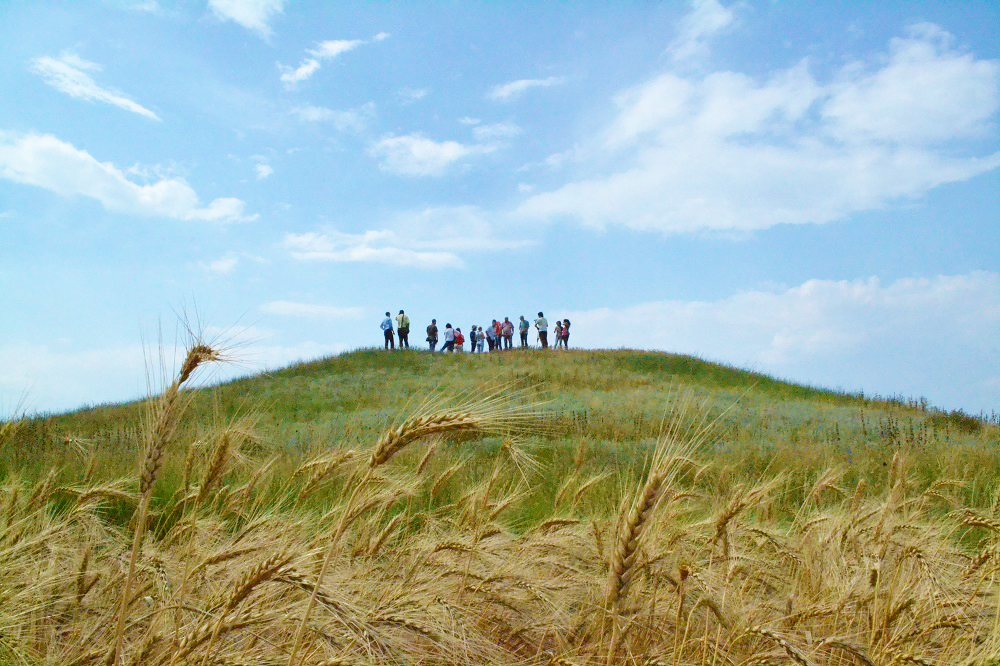
Interestingly, finds of Cimmerian burials are extremely rare in Pridnestrovie. And the fact that one of them contained a clay pot, while of such an unusual shape and ornamentation, seems highly unlikely. Moreover, such items are not typical of the Montenegrin culture, which some researchers identify the Cimmerians with.
The same drawings as on the walls of the double bowl are found on the neighbors` ceramics, carriers of the Thracian Hallstatt cultures. Their representatives are considered the predecessors of the Celts, Dacians and Getae, the masters of South-Eastern Europe. They also lived in Pridnestrovie, yet in its northern part. But they have not yet found objects of a similar shape.
“Where this pot comes from is unknown. We do not know any analogies to it. The ornament is similar to the Thracian Hallstatt culture. These are just the Thracians` predecessors. But there are no analogous pots there. Experts dealing with this topic have not seen anything like this either,” Vitaly Sinika, Head of the Archeology Research Laboratory, Candidate of Historical Sciences says.
In Pridnestrovie, artifacts of different cultures are often found in one tomb. For example, in late Scythian burials one can see Greek-made utensils, Thracian jewelry, and Scythian weapons. This is a border area of continuous contacts, where there were combined various cultural traditions. At present, there is no doubt that a double bowl from a Cimmerian burial is another clear manifestation of close interaction and deep cultural intermingling of the Pridnestrovian population in the pre-Scythian time, when people were just beginning to develop iron in this region.
Alexander Koretsky

